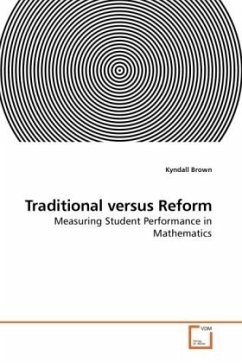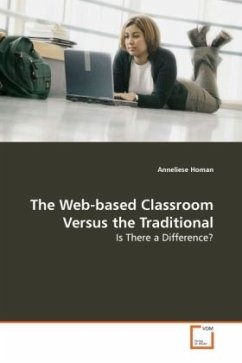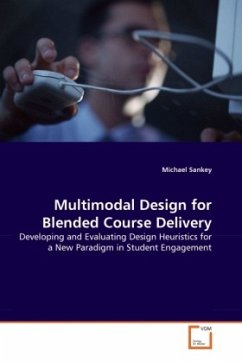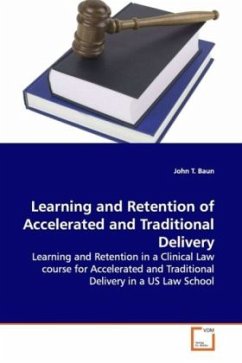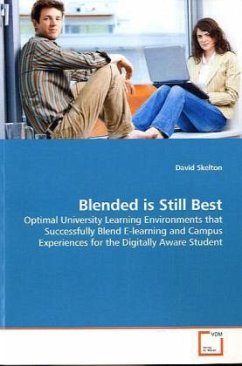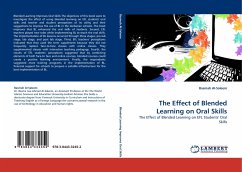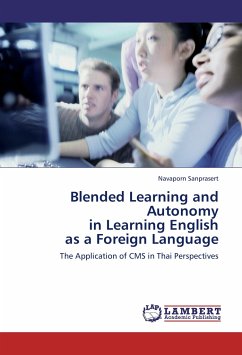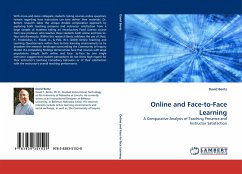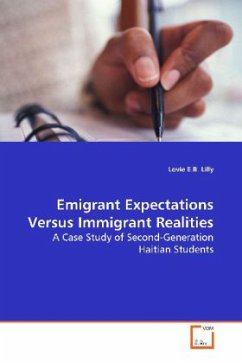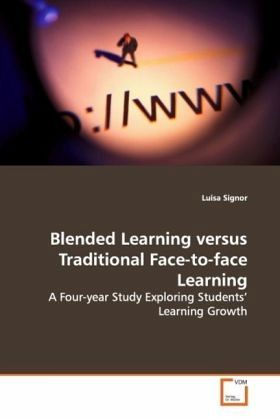
Blended Learning versus Traditional Face-to-face Learning
A Four-year Study Exploring Students Learning Growth
Versandkostenfrei!
Versandfertig in 6-10 Tagen
32,99 €
inkl. MwSt.

PAYBACK Punkte
16 °P sammeln!
With the trend in online or virtual education escalating at universities worldwide, research on the effectiveness of online learning is an area of increasing significance. Virtuality in higher education can range from virtual universities that are all encompassing to smaller subsets, such as blended learning where components of face-to-face delivery are maintained. This book explores the effect of blended learning compared to face-to-face learning in terms of students learning growth. An analysis is conducted on four different cohorts of students over a four year period. Two cohorts experience...
With the trend in online or virtual education
escalating at universities worldwide, research on
the effectiveness of online learning is an area of
increasing significance. Virtuality in higher
education can range from virtual universities that
are all encompassing to smaller subsets, such as
blended learning where components of face-to-face
delivery are maintained. This book explores the
effect of blended learning compared to face-to-face
learning in terms of students learning growth. An
analysis is conducted on four different cohorts of
students over a four year period. Two cohorts
experienced face-to-face delivery whereas another
two cohorts experienced blended learning with online
lectures and face-to-face tutorials. The findings
reveal that blended learning had no differential
impact on students learning growth, that is,
students did equally well with face-to-face learning
as they did with blended learning. Higher education
institutes and educators considering online
education may find this book useful to gain
awareness into the implications. This may lead to a
learning environment for students which offer
positive learning outcomes
escalating at universities worldwide, research on
the effectiveness of online learning is an area of
increasing significance. Virtuality in higher
education can range from virtual universities that
are all encompassing to smaller subsets, such as
blended learning where components of face-to-face
delivery are maintained. This book explores the
effect of blended learning compared to face-to-face
learning in terms of students learning growth. An
analysis is conducted on four different cohorts of
students over a four year period. Two cohorts
experienced face-to-face delivery whereas another
two cohorts experienced blended learning with online
lectures and face-to-face tutorials. The findings
reveal that blended learning had no differential
impact on students learning growth, that is,
students did equally well with face-to-face learning
as they did with blended learning. Higher education
institutes and educators considering online
education may find this book useful to gain
awareness into the implications. This may lead to a
learning environment for students which offer
positive learning outcomes



